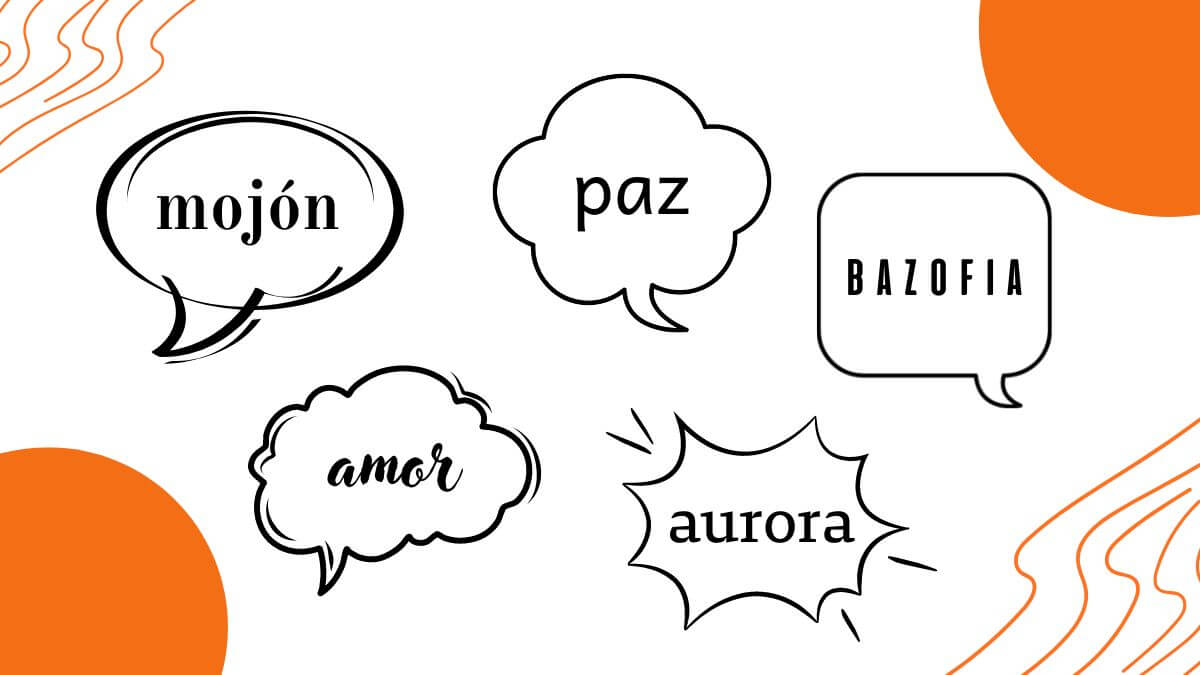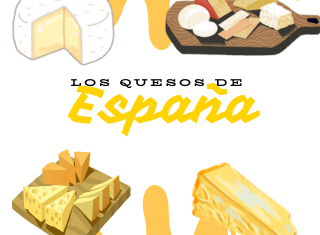Spain is a country with a complex official language full of peculiarities and the fact is that Spanish hides many secrets that we are not aware of because it is something innate that we have learned during life. Do you think we are aware of everything that goes through our heads?
In this post, we bring you a series of interesting facts about our alphabet that you will learn in Spanish. You will learn a large number of words of our language, from the most beautiful to the most difficult to read.
What is the longest word in Spanish?
The famous word “supercalifragilisticoespialidoso” is probably the first thing that comes to mind. This popular term from the movie Mary Poppins is not recognized in the RAE.
The longest word recognized by the Spanish Royal Academy (RAE) is “electroencephalograph” with 23 characters. It is closely followed by words like “sternocleidomastoideo” with 22 characters. It is also the least used word in Spanish.
Other words with 22 or 21 characters are “anticonstitucionalidad”, “desoxirribonucleótido”, “torrinolaringológico”, …
What is the most beautiful word in Spanish?
Spanish is not only one of the most widely spoken languages in the world, but also one of the languages with the greatest lexical richness. Words are also beautiful because of their meaning, because of the sound they make when spoken, or because of what they can tell us. The word “amor” (love) is the most beautiful word for us Spaniards, because who doesn’t like it?
Other words that are considered beautiful are “esperanza” (hope), “vida” (life), “paz” (peace), “honestidad” (honesty), “sempiterno” (eternal), “aurora” (dawn) and more.
What word is considered the ugliest in Spanish?
Real Academia Española is a dictionary in which you will find the longest words in our language, the strangest, the most beautiful and also the ugliest in sound.
They are words that do not necessarily have a negative meaning or are rude, either because of their meaning or because of the sound that comes from the combination of their letters. Among them are “seborrhoea”, “boñiga”, “sobaco”, “carraspera”, “bazofia”, “mojón”, …
Which letter is the most difficult to pronounce in Spanish?
The most difficult letter in Spanish for foreigners is the letter R. It is pronounced differently than in Spanish and it is always difficult to pronounce words containing “r”. Especially if they have a double “r” in words like “perro”, “correo”, “arroz”, “parrilla”, …

What is the most difficult word in Spanish?
For the end, we saved the most difficult word to pronounce, it is impossible to read and say it right, (for) the first no necessario(time), it has 45 letters! Pneumonoultramicroscopicsilicovolcanoconiosis. It is a lung disease caused by inhaling volcanic ash.
There are many examples we could cite, but we are used to being taught at a popular level that doesn’t always make sense, such as the one below.
They say “murciélago” is the only word in Spanish that has all five vowels, but… Euforia, arquitecto, escuálido, reticulado, arquetipo, reumático, auténtico, abuelito, Aurelio, Eulalio, comunicante, adulterio, repudiado, consiguiera , esquilado, encubridora, estanquillo, estimulador?
Notice if we have examples with the same properties. In fact, only one seems to have them, which has them twice: guineoecuatorial.
Other Spanish curiosities are:
Spanish has 88,000 words in the RAE dictionary. It seems like a lot, but the English language has about 350,000 words.
It is the fastest language to pronounce. We are known for our speed of speech, especially in the south of the country. It is based on the number of syllables an average speaker can pronounce per second.
It shares this feature with Japanese, on the opposite side are German and Mandarin Chinese, i.e. languages that are pronounced more slowly.
The letters “Ch” and “Ll” were removed from the RAE in 1994.
The term “estuve” contains four consecutive letters in alphabetical order: s-t-u-v.
Words recognized by the RAE that are not as well known include “setiembre” or “madalena”.
“Reconocer” reads the same on the left as on the right.
“Cinco” has five letters, which is a special case that does not occur with any other number.
Formerly, Castilian was called “Christian”. In the times of the Arabs in southern Spain, it was used to distinguish people who spoke Castilian from those who spoke Arabic.
The phrase that bothers the Spanish the most is: “¿me entiendes?
In 2050, the United States is projected to be the country where most Spanish is spoken, surpassing the country of origin.
“Mil” is the only number that has neither an “o” nor an “e”.
The first document in Spanish dates from 959 and was written by a monk from the monastery of San Justo y San Pastor in La Rozuela.
The origin of the letter “ñ” consists of another “n” that was written above the larger letter at the top as an abbreviation. It flattened out over time until it reached its present form and became one of the great characteristic elements of the Spanish language. However, the letter “ñ” is not only found in our language, but also in other languages such as Aragonese, Galician, Basque, Aymara, Mixtec, Zapotec, Breton, Filipino, Guarani and Quechua.
The weirdest words in Spanish are: amover, barbián, jipiar, orate, vagido… does anyone know what they mean without asking Google?
We inherited more than 4,000 words from Arabic, which represents 8% of our current vocabulary.
The more you deal with the characteristics of our language, the richer it is. That’s why we recommend you take a look at our Spanish courses and learn all the interesting things that Spanish has to offer.
Spanish literature is considered one of the strongest in the world, because the ability of writers to use a multitude of words, connect them together and give them meaning, is an art that few have mastered. Miguel de Cervantes used approximately 8,000 different words in his Don Quixote of La Mancha, which is the book par excellence in our country.
In conclusion, all the features of Spanish that have been mentioned in the article are only details that need to be taken into account to emphasize how difficult and complex the language can be, while of course we must take into account four main skills: pronunciation, writing, speaking and interpreting.



There are no comments on 5 curiosities of Spanish words